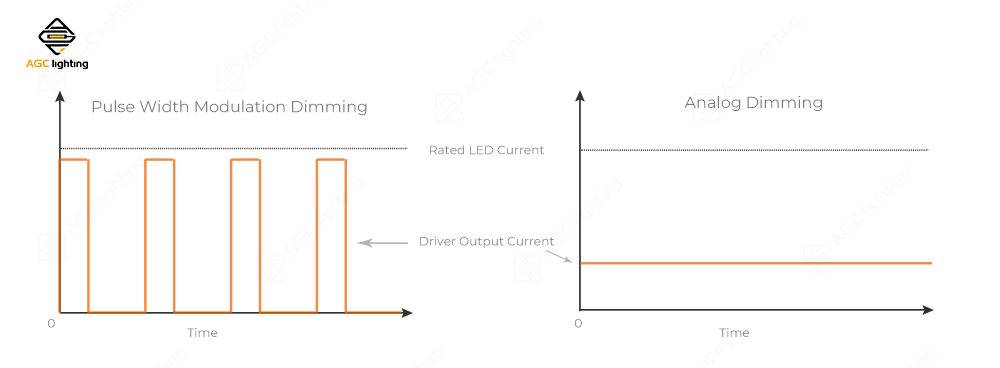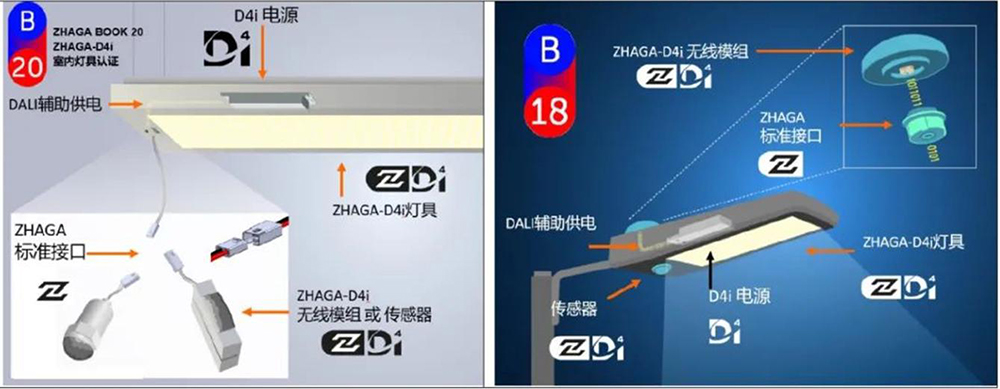Are you curious about how LED dimming works?
LED dimming allows you to adjust the brightness of your LED light according to your needs and preferences. They are becoming increasingly popular due to their energy-saving capabilities and ability to improve lighting quality. Dimmable LED lights enable you to set the perfect ambiance for any occasion, whether it is a productive workday or a relaxing night. You can also reduce eye strain, headaches, and stress by adjusting the light level to suit your activities and mood.
In this post, we will explain what LED dimming is, the benefits of LED dimming, how it works, and how it can be synchronized with other devices. We will also show you the common issues with LED dimming and their solutions. Read on to discover more about LED dimming.
What is LED dimming
LED dimming is the process of adjusting the brightness of LED lights. Dimming LED lights can save money and energy and increase their lifespan. However, it is important to note that not all LED lights are dimmable, and they require specific dimmers that are rated for LEDs. LED dimming works differently from incandescent or halogen lights. This is because LED lights use a diode that is either ON or OFF, which means that the brightness of the light cannot be adjusted by simply reducing the voltage. Instead, there are two main methods of dimming LEDs: Pulse Width Modulation and analog dimming.

Benefits of LED dimming
- Energy savings: Dimming LED lights can reduce energy consumption by up to 90%, which can result in lower energy bills and a reduced carbon footprint. This is especially important in commercial and industrial settings, where lighting can account for a significant portion of energy usage.
- Longer LED lifespan: When dimming, LED lights run cooler. This reduces the stress on the components and prolongs their lifespan. In turn, LED lights need to be replaced less frequently.
- Cost savings: With the combination of reduced energy consumption and an extended LED lifespan, LED dimming can also result in cost savings over time.
- Enhance mood and ambience: Dimming lights can create a more cozy and relaxing atmosphere for the space. You can adjust the light levels to suit different activities or preferences.
How LED dimming works
LED dimming is different from traditional incandescent or fluorescent dimming methods, because LEDs do not rely on voltage to dim. There are two main LED dimming methods: analog dimming and Pulse Width Modulation (PWM) dimming.
Analog dimming is a method that reduces the current that flows through the LED, which in turn reduces its brightness. This method is simple and inexpensive, but it has some drawbacks. For example, analog dimming can cause a color shift, meaning that the color of the LED changes as it dims. This can affect the quality and consistency of the light output.
PWM dimming is a method that switches the LED on and off rapidly at a high frequency, which creates the illusion of dimming. The frequency is so fast that the human eye cannot perceive it, but it can be detected by some cameras or sensors. PWM dimming does not affect the color or quality of the light output, and it can achieve smooth and precise dimming. However, PWM dimming requires more complex and expensive circuitry.

Except for analog and PWM dimming, 0 -10V dimming and DALI are also common dimming methods. 0 -10V dimming works by sending a voltage signal to the LED driver, which then adjusts the brightness level. DALI is a digital method that allows for individual control of each LED in a lighting system.
No matter which dimming methods is used, it requires compatible LED drivers and dimmer switches to work properly. LED drivers are devices that convert the AC power from the lighting circuit into a low voltage DC power that is suitable for the LED lights. Dimmer switches are devices that control the amount of power that is supplied to the LED driver and the LED lights.
How LED dimming can be synchronized with other devices
LED dimming can be integrated with other devices and controls to create smart lighting scenarios that enhance the functionality and ambience of a space. For example, LED dimming can be synchronized with a motion sensor. This LED dimming system can detect the presence or absence of people in a room, and adjust the brightness of the light accordingly, saving energy and improving security.
There are different types of LED dimming controls, such as switches, sensors, and remotes. Let’s explore some of the most common LED dimming controls and how they can be integrated with LED dimming systems.
Switches
Switches are the simplest and most familiar type of LED dimming controls. They work by adjusting the voltage supplied to the LED driver, which in turn adjusts the brightness level of the LED. Switches are easy to use and install, but they have limited functionality and flexibility.
Sensors
Sensors work by detecting changes in ambient light levels or the presence of motion, and adjusting the brightness level of the LED lights accordingly. Sensors can be either passive or active, with passive sensors replying on changes in ambient light levels to trigger the dimming process, and active sensors using a separate light source to detect changes in ambient light levels. Sensors can be integrated with switches or other devices for more control options.


Remotes
Remotes are devices that allow you to control the LED lights wirelessly by using a controller or smartphone app. They work by sending a signal to the LED driver, which then adjusts the brightness level of the LED. Remotes are convenient and flexible, as you can control multiple LED lights or groups of lights from anywhere in the room.
Discover How to Use Remote Controller of Solar Streetlight for Smart Control
Common LED dimming issues and solutions
While LED dimming can offer many benefits, it can also pose some challenges and issues that may affect the performance and quality of your LED lights. These issues can be caused by various factors, such as the compatibility of LED lights, drivers, dimmers, and the quality of your products and installation.
Flickering
Flicker is the rapid and repeated variation in brightness that can occur when LEDs are dimmed. When the LED appear to flash or blink rapidly, it can be annoying and harmful to your eyes and health. Flickering can be caused by using incompatible or low-quality dimmers or drivers or by having insufficient voltage or load on the circuit. To address this challenge, it is important to choose LED drivers and dimming controls that are designed to minimize flicker. You should also verify that the dimmer switch matches your LED light and that there is no loose wiring that causes flickering.
Buzzing
Some LED drivers and dimming controls can produce audible noise when the LED is dimmed. It can be irritating and distracting. Buzzing may be caused by using incompatible or low-quality dimmers or drivers or by having loose connections or wires in the circuit. This can be particularly problematic in applications where quiet operation is important. The solution to addressing noise is to choose LED drivers and dimming controls that are designed to minimize noise. Moreover, you can check and connect the loose connections or wires.
Compatibility
Not all LED drivers and dimming controls are compatible with each other, which can make it difficult to achieve the desired level of dimming. Compatibility can be affected by the type and quality of the LED lights, drivers, and dimmers, as well as their specifications and ratings. You need to make sure that your LED lights, drivers, and dimmers are compatible and suitable for your facility.
Wiring
When the LED lights do not receive enough power or have a stable connection to the dimmers or drivers that are supposed to control them, it will result in erratic dimming behavior or damage to the products. You need to consult professional electricians and follow the manufacturer's instructions and guidelines when wiring the LED dimming system.
LED dimming is a powerful tool that can provide energy savings, mood lighting benefits, and a longer LED lifespan. But LED dimming issues can be frustrating and costly. If you're interested in implementing LED dimming in your business, be sure to choose high quality LED lights, check their compatibility, and follow the best practices for installation and maintenance.
If you are not sure how to choose the best LED dimming solutions for your needs, feel free to contact us. Our team of lighting experts is always here to help you find the best solutions for your needs.












